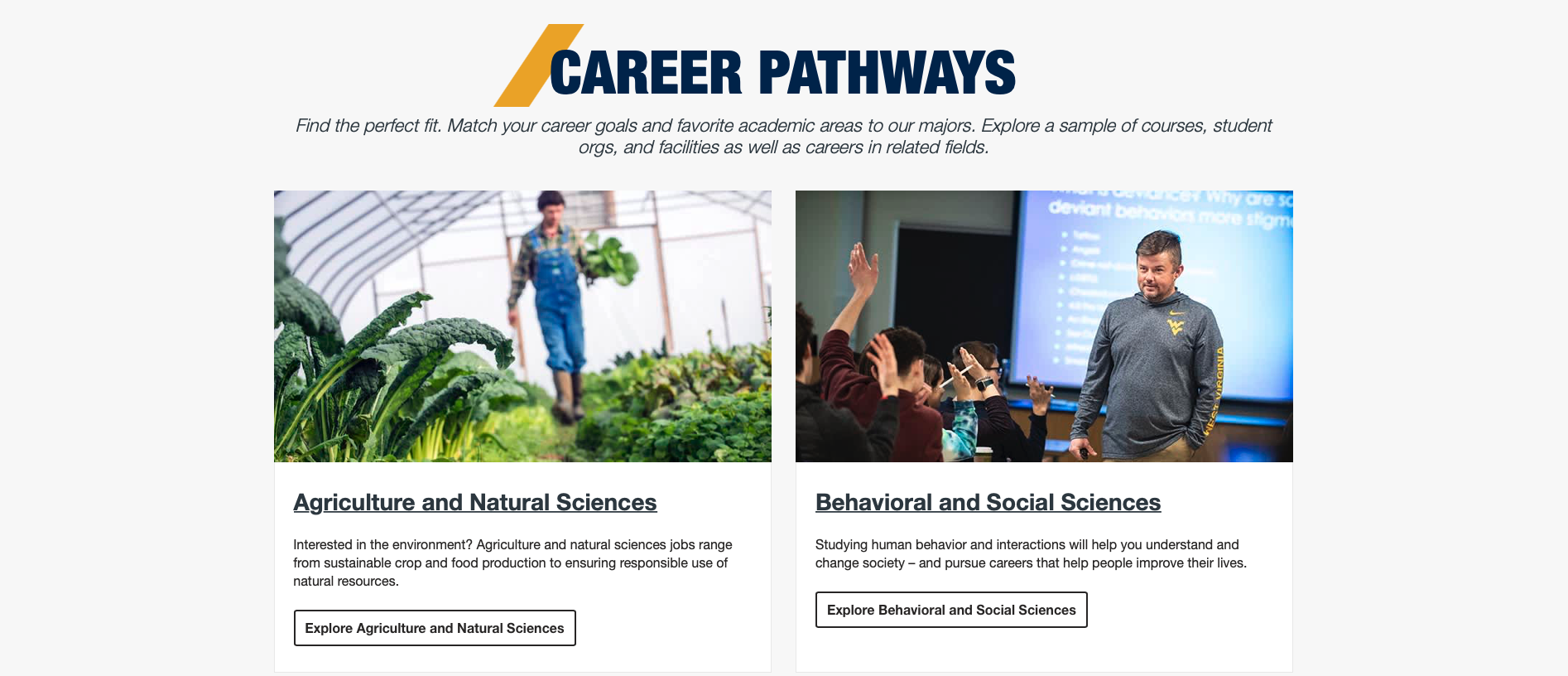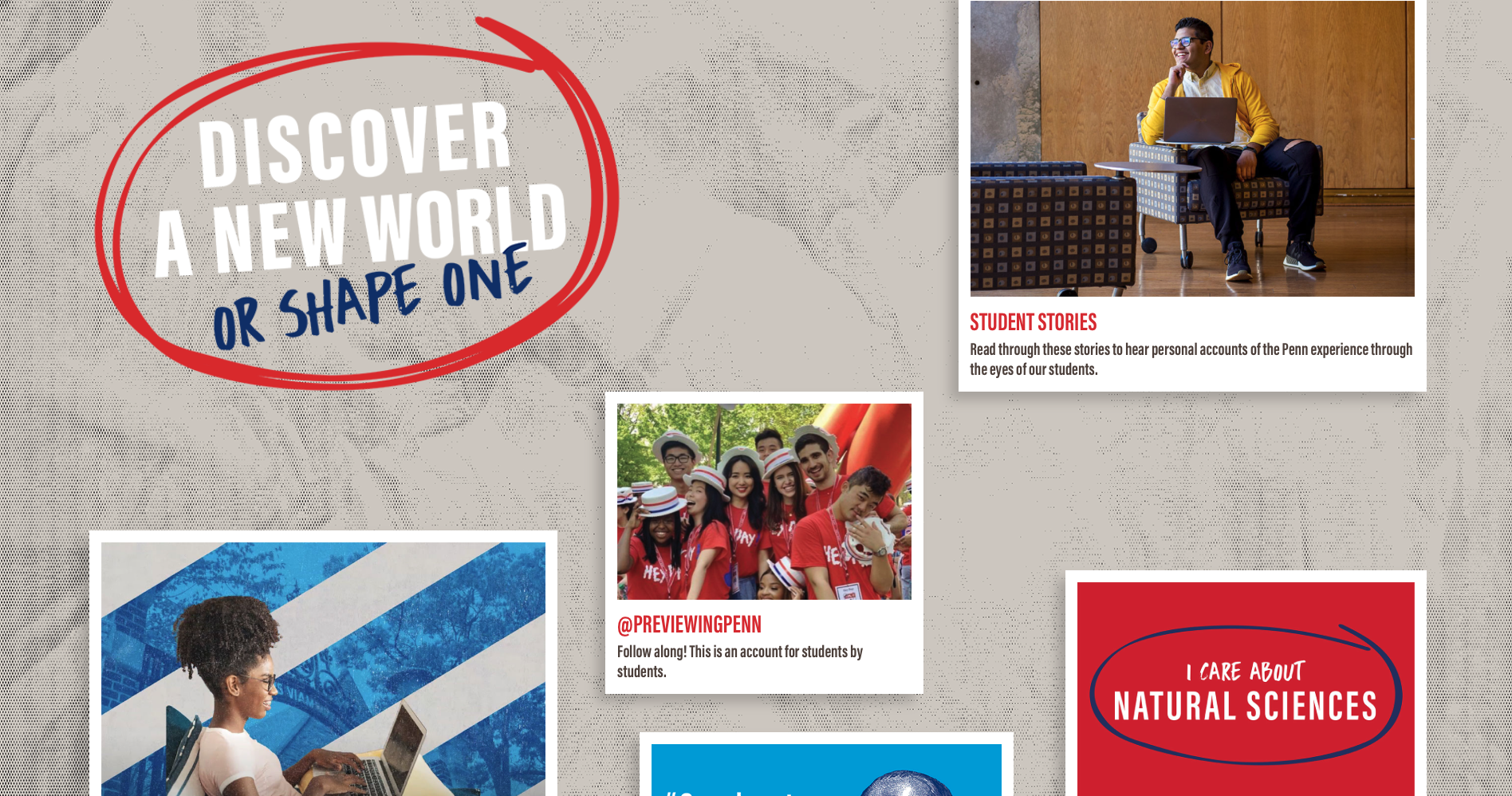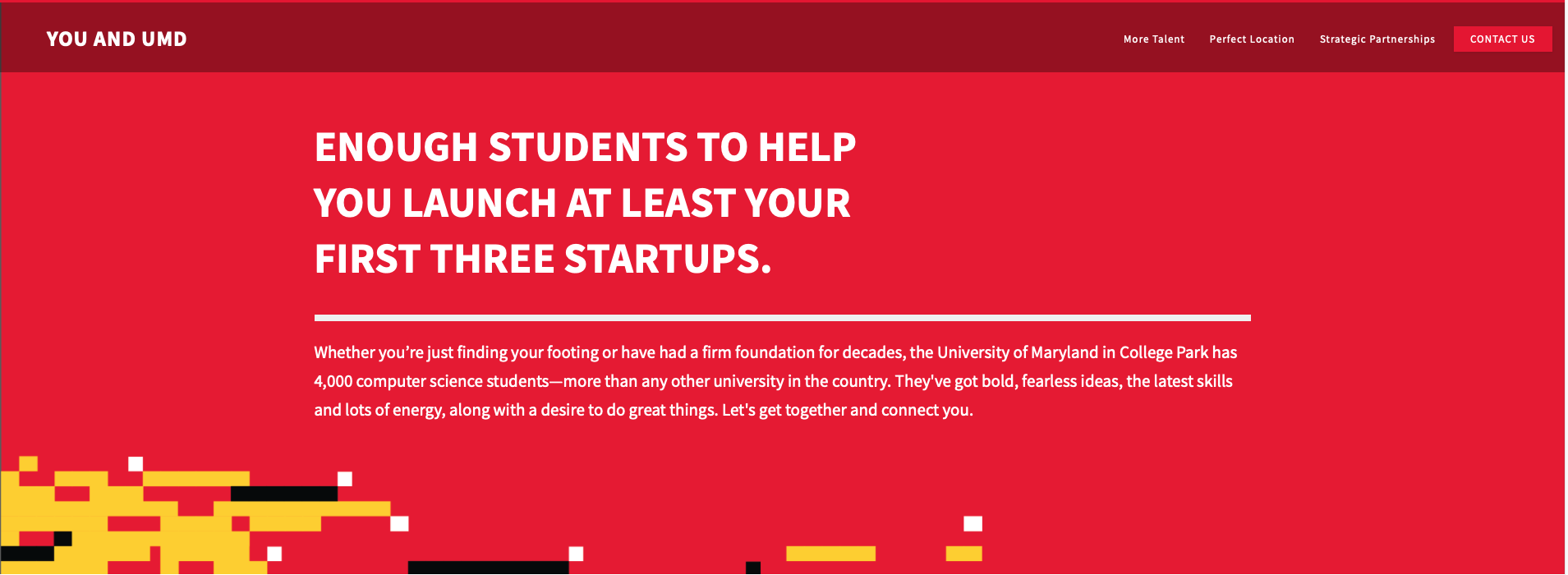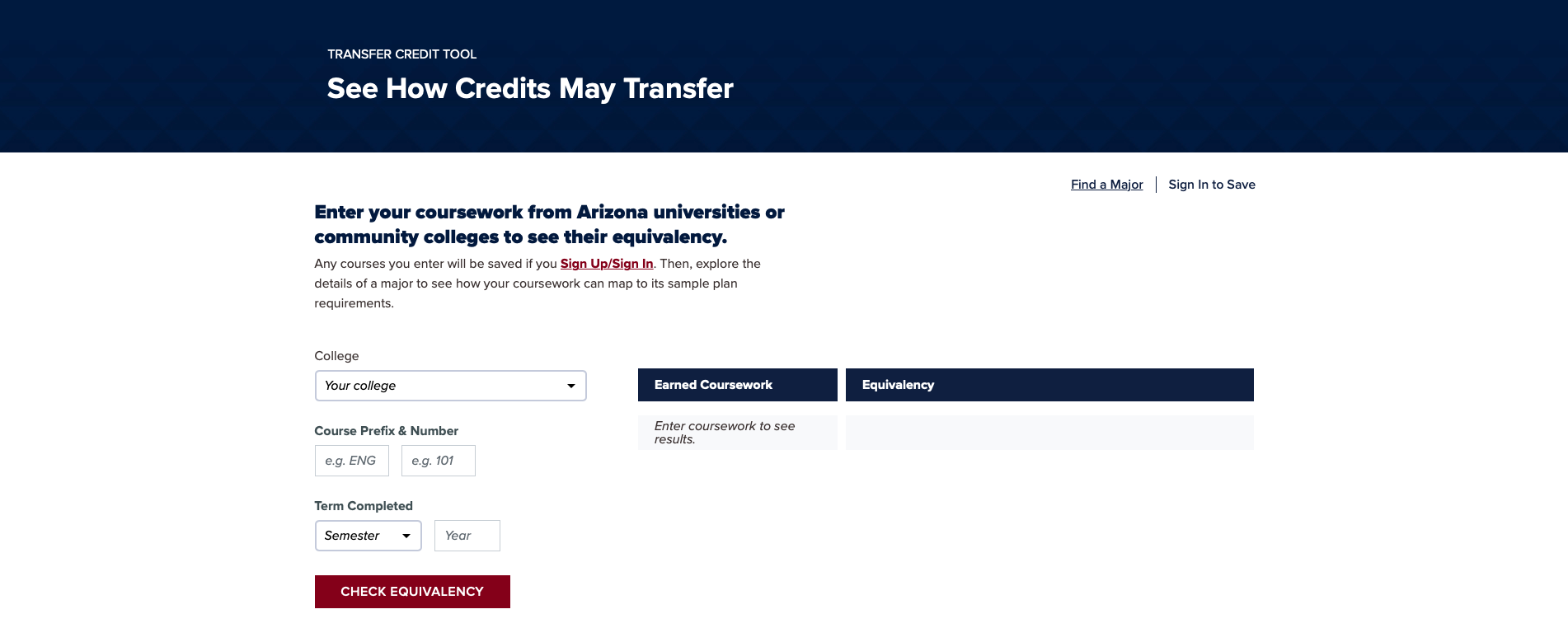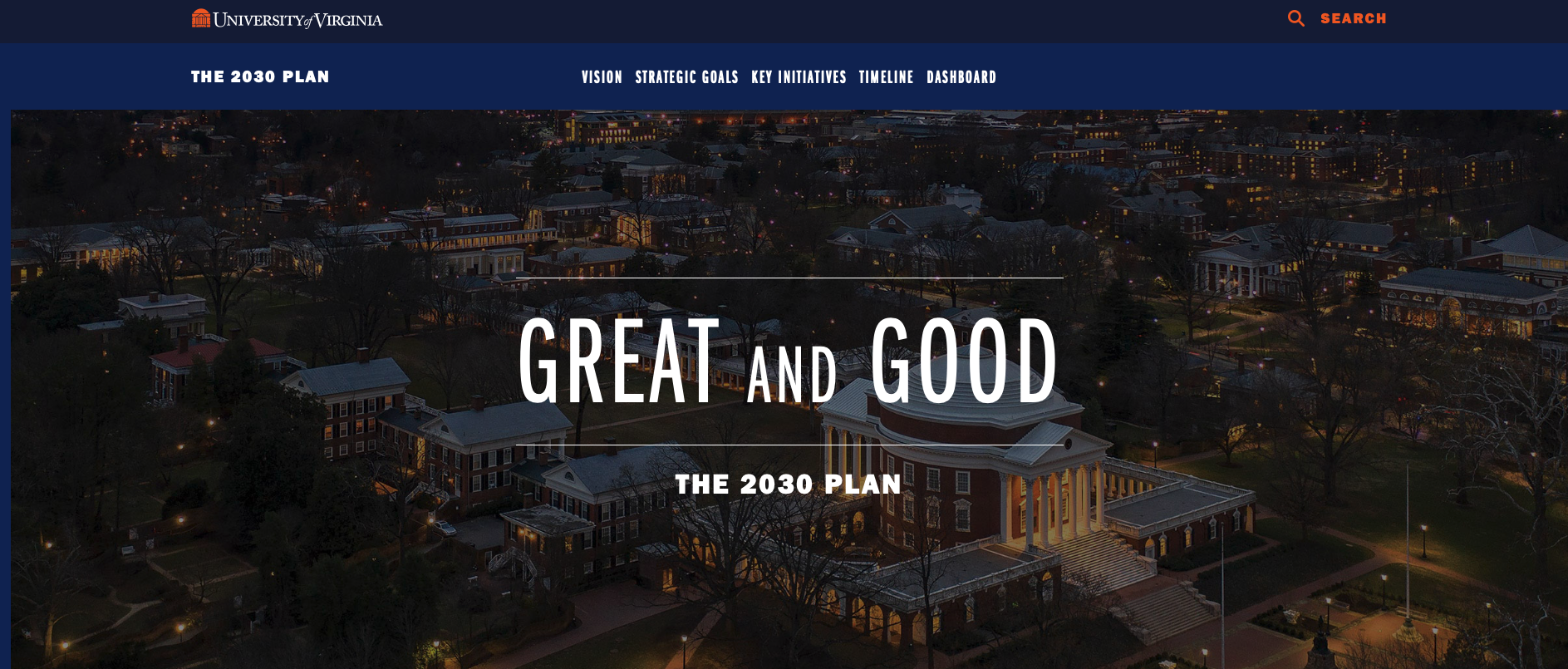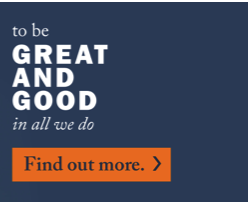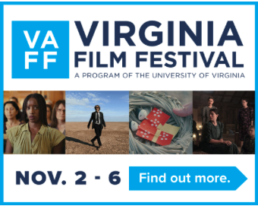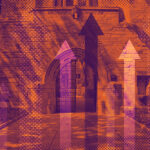A few years ago, when I was working in enrollment management, I spent a summer collecting admissions materials from across the country. My research was part intel gathering, part establishing a list of best practices — an endeavor I am sure many in the field have spent time doing.
Among many of the email lists, pdfs and social ad screenshots I collected were a few bits of West Virginia University’s undergraduate recruitment materials. As I began to recreate their comms flow, I noticed an interesting phenomenon. Their web experience mirrored their recruitment materials (or the other way around). What I came to find — and ultimately become enamored with — was how purposeful each component of the recruitment experience seemed to be. The recurring pattern I found was that it all was anchored in a consistent and seamless web experience.

